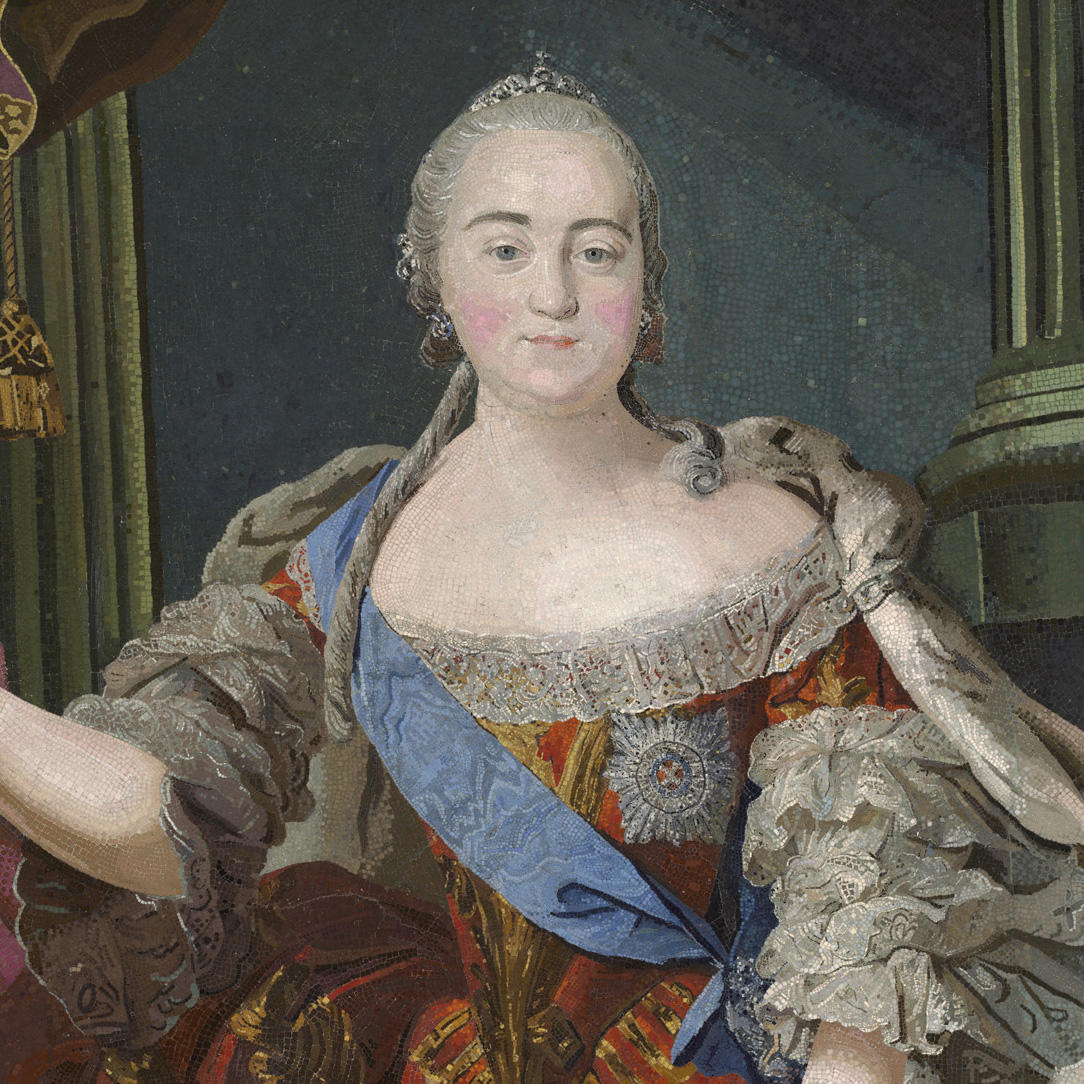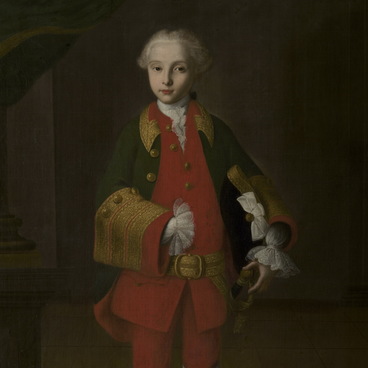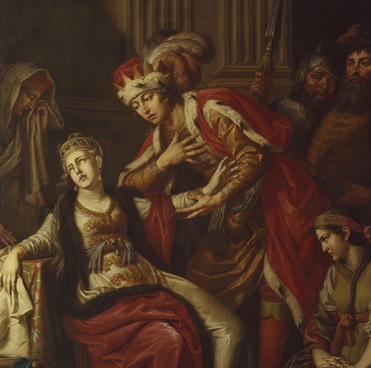A mosaic portrait of Elizaveta Petrovna was created in the workshop of Mikhail Lomonosov in the late 1750s. Lomonosov was a universal man: a scientist, philosopher, writer, artist. Among other achievements, he developed the science of glass — he studied the physical and chemical properties of silicates and, in particular, smalt, the basis of mosaics.
Portrait of Empress Elizaveta Petrovna
Время создания
1758–1760
Техника
Mosaic
Коллекция
Выставка
#1

Unknown Author
Portrait of Empress Elizaveta Petrovna
#2
#3
The technique of eternal painting was already lost by Russia yet in the XII century. And the masters of Western Europe kept the composition of its material in secret. Lomonosov was inspired by the mosaics of St. Sophia Cathedral in Kiev and Novgorod churches, and he decided to revive the composition of smalt. He devoted about ten years to the development of this technology.
In 1753 Elizaveta Petrovna bestowed five villages near Petersburg to the main Russian scientist. In the village of Ust-Ruditsa Lomonosov built a factory to produce colored glass, smalt and beads, which soon became an innovative Russian art and industrial enterprise.
#4
To support the laborious and expensive production of mosaic paintings the Lomonosov workshop was given an order for a portrait of the empress. The ceremonial image of the empress was to adorn the recently opened Moscow University.
#5
Elizaveta, who was famous for her love of sumptuous clothes, is depicted wearing a magnificent red dress embroidered with gold and an ermine mantle. She has all the attributes of a Russian monarch: the St. Andrew the First-Called order on her chest, a scepter in her hand, there is an orb on the throne next to her.
#7
Despite the complex material, the author accurately reproduced all the colors and shades in the portrait. Talentedly assembled pieces of smalt also conveyed the textures: soft velvet, silk shimmering, sparkle of gold and diamonds in the diadem and on the order. The master showed blusher and gleams on the light pink face.
#6
Elizaveta Petrovna was on the throne from 1741 to 1761. Being a ruler, she paid attention to science and culture. During her reign the network of schools was expanded, the first gymnasia, Moscow University and the Academy of Arts were opened. The empress supported not only Lomonosov, but also other scientists and artists.
At the same time, the Elizaveta epoch was famous for luxury. Considerable sums from the treasury were spent to build chic palaces for the sovereign in St. Petersburg and its environs. Almost all the capacities of the Ust-Ruditsa factory were required to decorate with glass and mosaics the rooms of the palace in Oranienbaum only.
#8
Beaded panel with a view of the Mikhail Lomonosov factory in Ust-Ruditsa. Lomonosov mosaic workshop. Spangles, beads, sewing. The second half of the 18th century. MAE RAS
#9
The Lomonosov mosaic factory did not exist long. In 1765 its creator died, and by 1768 the enterprise fell into decay, so it was closed. The Lomonosov secret of making colored glass has not been preserved.
#10
State Russian Museum
читать дальшескрыть
00:00
00:00
1x
Portrait of Empress Elizaveta Petrovna
Время создания
1758–1760
Техника
Mosaic
Коллекция
Выставка
Открыть в приложении
Поделиться



